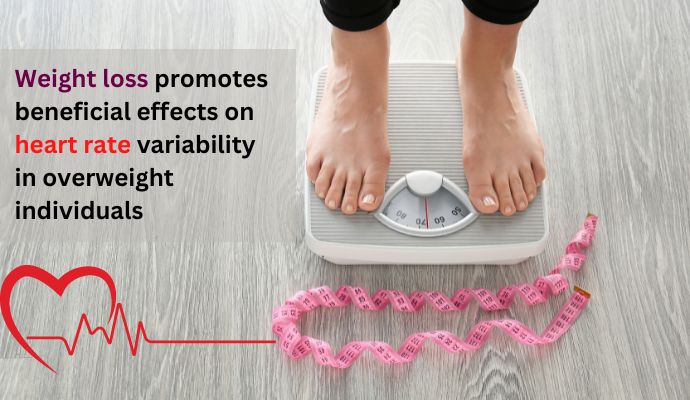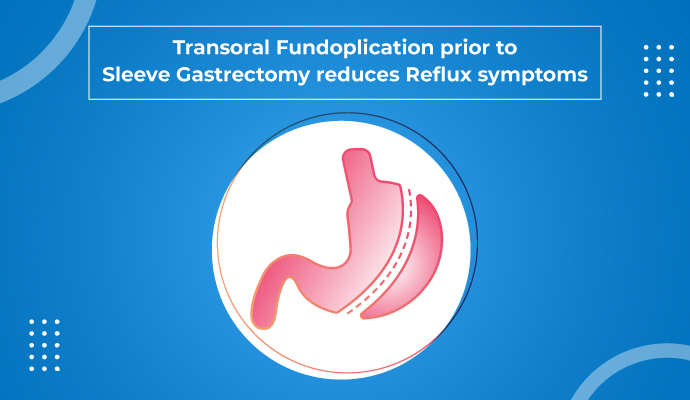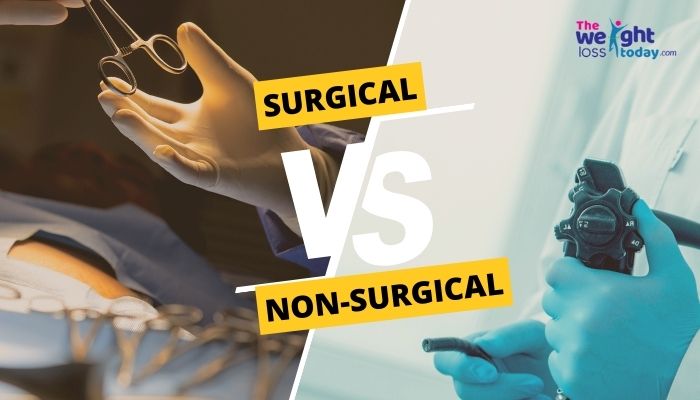
Sleep apnea and how it is associated with Obesity
Sleep apnea refers to a condition in which
58,928 total views, 51 views today
Home » Back / Joint Pain and Obesity
Obesity is a common and serious condition, which affects almost every organ in the body. It contributes to the development of various conditions, including diabetes, coronary heart disease, high blood pressure, sleep apnea, certain tumors, etc. It is one of the most common conditions that adversely affects bone and joint health.
Even one pound above the ideal weight can increase the pressure on ankles, knees, hips and lower back. Also, walking up the stairs or up a slope can increase the pressure on the ankle by four to six times.
The association of obesity and joint pain is well documented. Several studies have indicated that obesity is linked to the presence, severity and progression of osteoarthritis. Obese individuals, especially those who are inactive, have a higher risk of developing chronic arm pain and lower back pain. Obesity may also cause chronic back injury.
Mechanical and structural hypothesis : Obesity increases loading on the joints and spine, causing pain. Higher BMI is associated with increased defective change in the knee cartilages. Obese individuals usually exert higher disk compression force while lifting, than normal-weight individuals. Hence, obesity is also linked to greater structural damage of back. Degenerative disk disorder is one such damage, which is common among obese individuals and its severity is positively associated with BMI.
Moreover, obese individuals have significantly altered body mechanics and postures, which may be involved in the link between obesity and pain.
Chemical mediators : Obesity causes several endocrine changes, which may have a role in altered pain modulation. Obese individuals may have low-grade chronic inflammation, which may also contribute to pain.
Obesity is associated with high leptin levels. Leptin is a hormone that signals energy intake and stores in the brain. Obese individuals with osteoarthritis have increased leptin levels, which further facilitates inflammation and joint damage.
Obese individuals have low levels of vitamin D and vitamin D deficiency, which can contribute to poor skeletal mineralisation, resulting in joint and muscle pain.
Obesity can negatively impact one’s life in a non-life-threatening way, such as it can lead to back pain. It can significantly contribute to symptoms related to osteoarthritis, rheumatoid arthritis, osteoporosis, spinal stenosis, degenerative disc disease, and spondylolisthesis.
The spine of the human body is designed to carry the body’s momentum and evenly distribute the loads during activity and rest. When a person is overweight, the spine is compelled to assimilate the burden, which may result in structural compromise and damage, such as injuries and sciatica. The lumbar spine is the most vulnerable to the adverse effects of obesity. Obesity or overweight can add weight to the midsection of the spine, which has a curve, and push the pelvis forward, causing excessive inward curving of the spine. This curving exerts abnormal pressure on the back muscles, which are forced to bear the excess weight.
The knee is covered with cartilages, which provide a smooth surface for the movement of the kneecap, thighbone and shin bone. Wear and tear of this cartilage is part of a normal ageing process, however, this wear and tear can increase in people who are obese. Excess body weight puts additional force on these cartilages, leads to more wear and tear, resulting in knee pain. Obesity and being overweight increases force in the structures of anterior knee and the patella, which is up to five times the body weight.
Women with high BMIs are more likely to have knee pain; those with BMI >27 kg/m2 are approximately three times more likely to be diagnosed with knee osteoarthritis.
Ankle/foot pain is linked to increase in falls, loss of mobility and reduction in health-related quality of life. Ankle pain can occur due to weight gain or obesity.
In an obese individual, an increased load is exerted on the joints and structures of the feet, which results in pain. Excess weight gain can lead to chronic overuse disorders of the ankle and foot, such as ‘flat foot’ that can lead to Achilles tendonitis, plantar fasciitis, and foot and ankle pain.
Obesity and overweight can cause pain in the joints, such as knee, ankle, and lower back. Such pain reduces one’s mobility and quality of life. Whether obesity follows or precedes joint pain, individuals with these conditions are not encouraged to exercise and take up weight management programs. But muscle strengthening and weight loss are methods are recommended to manage these conditions, thus creating a paradoxical situation. One must exercise and reduce weight under supervision to manage obesity and joint pain.

Sleep apnea refers to a condition in which
58,928 total views, 51 views today

Since the beginning of 20th century, the overall
58,905 total views, 51 views today

New year is the time for new beginnings.
59,605 total views, 51 views today

Weight loss can be tricky business, as it
59,475 total views, 50 views today

According to a recent study, weight loss through
60,375 total views, 51 views today

According to a recent study, preoperative very low
60,376 total views, 51 views today

A recent study conducted on GERD (Gastroesophageal Reflux
60,380 total views, 51 views today

A recent study done to examine the long-term
59,262 total views, 51 views today

Overweight and obesity is a major health concern
29,547 total views, 35 views today

A recent study published in the Journal of
28,737 total views, 35 views today

The findings from a recent study, published in
28,978 total views, 35 views today

The findings of a recent study, published in
29,378 total views, 35 views today